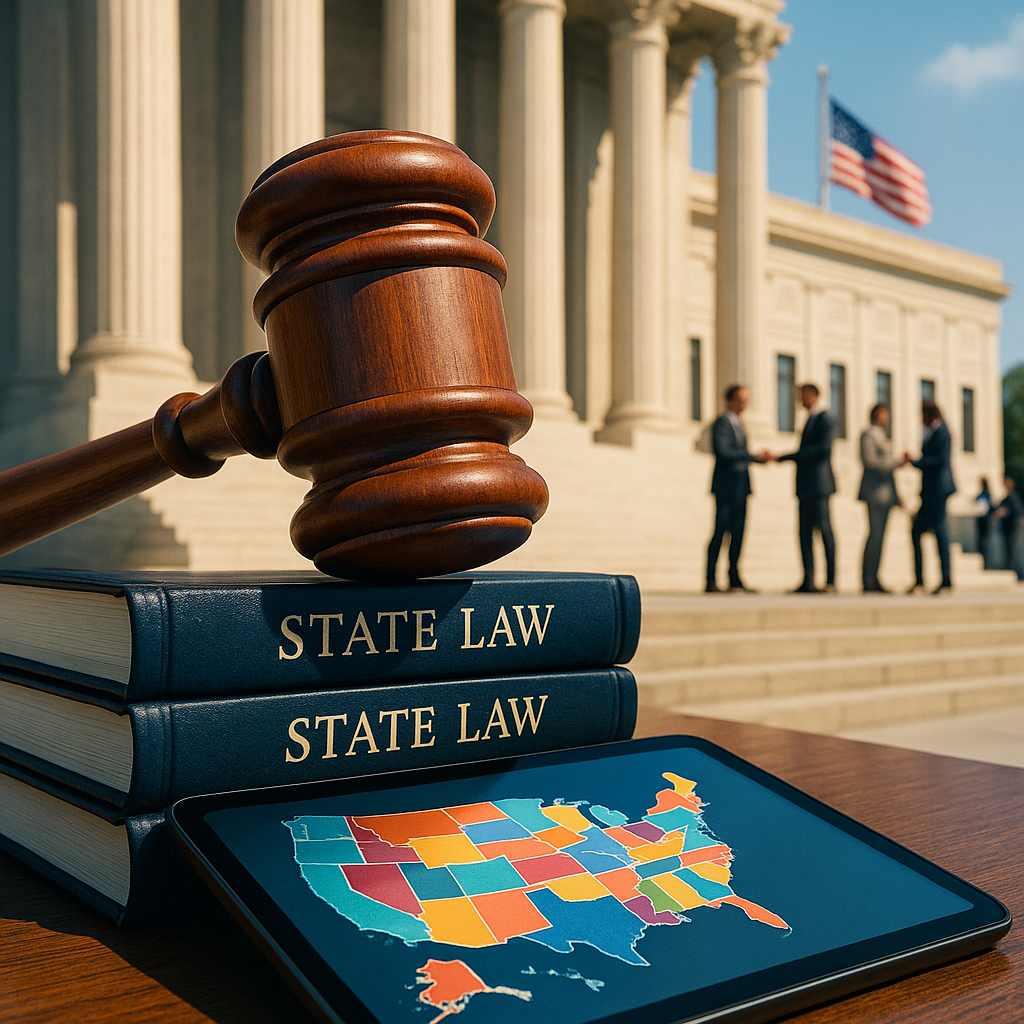Some will call the moratorium’s defeat a victory for democratic accountability; others will call it federal abdication dressed up as “innovation policy.” To industry, a 50-state patchwork is code for regulatory roulette—costly, capricious, and vulnerable to politics. To consumer and civil-rights advocates, that “patchwork” is exactly the point: friction that forces scrutiny where harms are felt. Federalists cheer the laboratories of democracy; national-security hawks warn that AI risk doesn’t respect state lines. Expect polemics about “uniformity fetishism” versus “local tyranny,” race-to-the-top versus race-to-the-bottom dynamics, and accusations that some states will weaponize compliance while others sell deregulation as growth. The White House’s don’t-choke-innovation posture will be praised as pragmatic and condemned as a punt. In the meantime, companies will forum-shop, attorneys general will coordinate multistate actions, and procurement officers will quietly become the most influential AI regulators you’ve never voted for.
Here’s the twist: fragmentation may birth faster convergence than a watered-down federal statute. As multi-state operators chase the path of least pain, they will standardize to the strictest viable rule set, creating de facto national baselines through contracts, cloud defaults, and insurance underwriting—not statutes. California or Colorado can write the rule; Fortune 500s will operationalize it nationwide; vendors will productize it for everyone else. State AG coalitions, model laws, and interstate compacts will supply the glue. Paradoxically, the failed moratorium could accelerate a “soft harmonization” in which market forces, public procurement, and liability expectations align practice well before Congress does. The surprising conclusion is that states may end up governing nationally—not by preemption, but by gravity—pulling the ecosystem toward a common floor while preserving headroom for innovation where it proves its safety.
